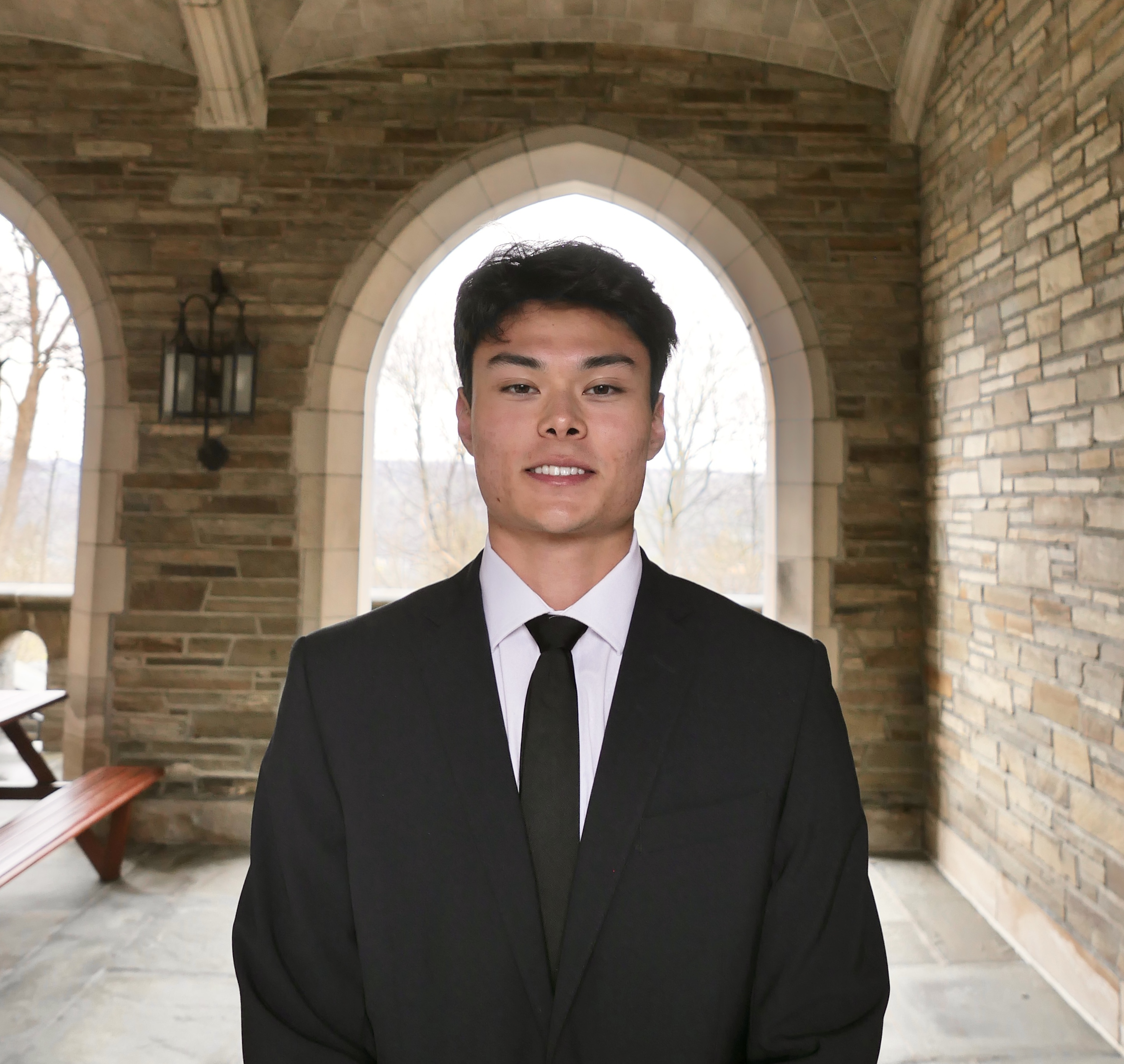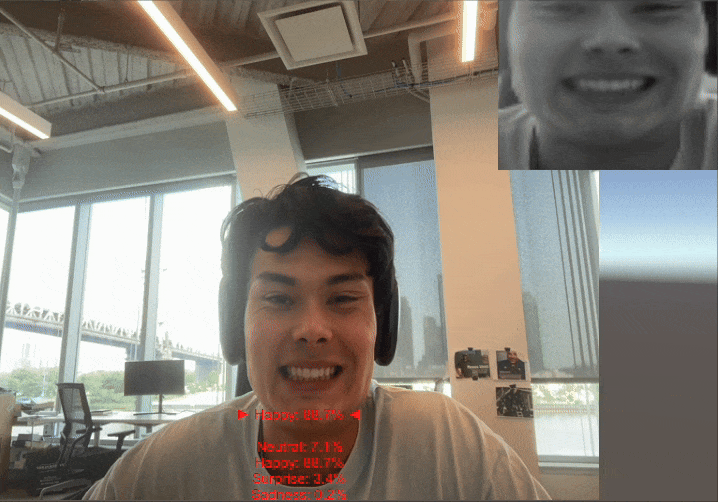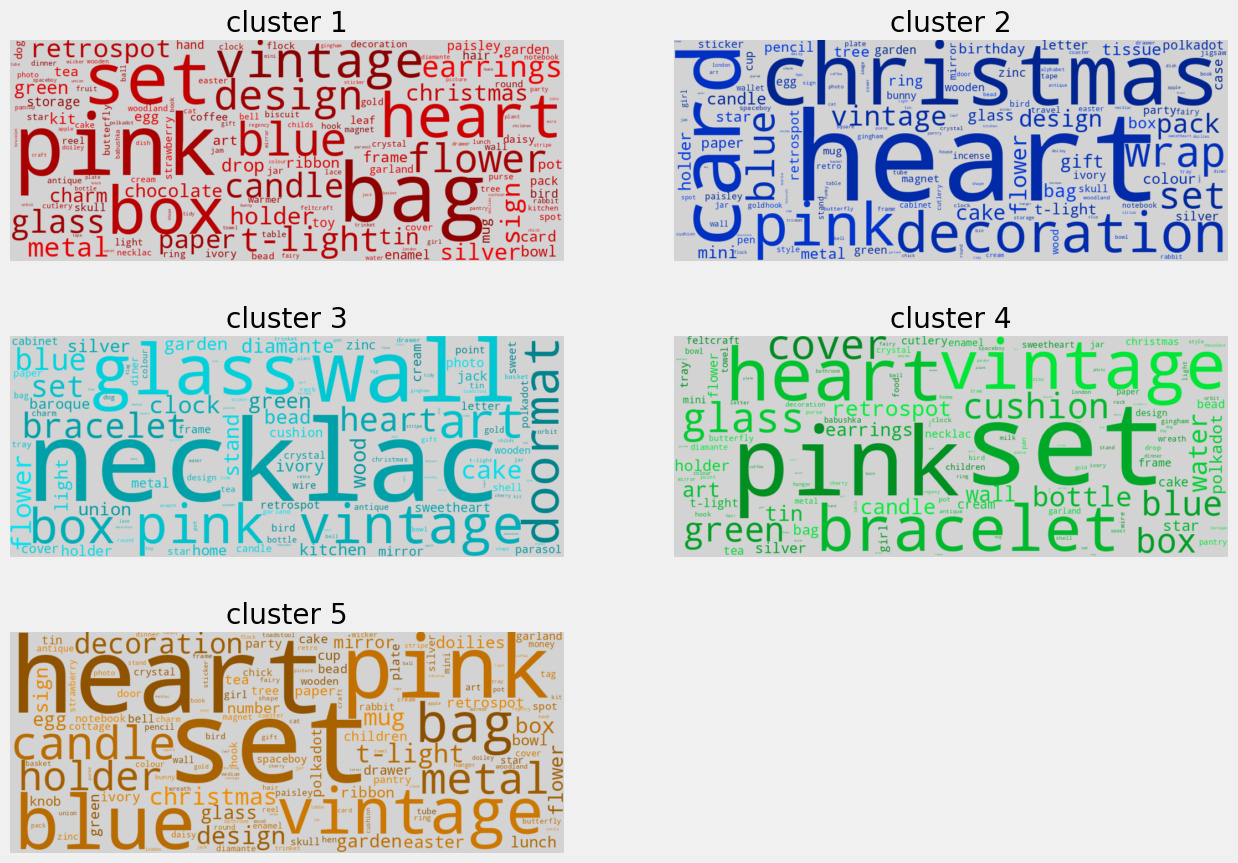Education
- Cornell University – College of Arts & Sciences/Bowers College of Computing and Information Science
- Relevant Coursework: Machine Learning, Computer Vision, AI Reasoning & Decision, Database Systems, Data Structures & Object-Oriented Programming, Computer System Organization, Functional Programming, Discrete Structures, and other good stuff
Technical Skills
- Languages: Python, Java, SQL, OCaml, C#, C++, JavaScript
- Frameworks/Libs: PyTorch, TensorFlow, scikit-learn, pandas, NumPy, Matplotlib, OpenCV, Jupyter, DeepFace, LangChain, OpenAI, REST APIs
- Tools: Git, Tableau, Stata, Figma, VS Code, Unity (C#/AR), LaTeX
Professional Experience
Cornell Tech – Undergraduate Researcher (Jun 2025 – Aug 2025)
- ML/VLM applications in emotion detection and regulation
ATLAS Institute – Software Dev Intern (May 2024 – Aug 2024)
- Human AI interaction research
Platt Park Capital – Data Intern (May 2023 – Aug 2023)
- Healthcare and multi-site consumer
University of Colorado – Computational Chemistry Aide (Oct 2021 – Aug 2022)
- Theoretical chemistry




